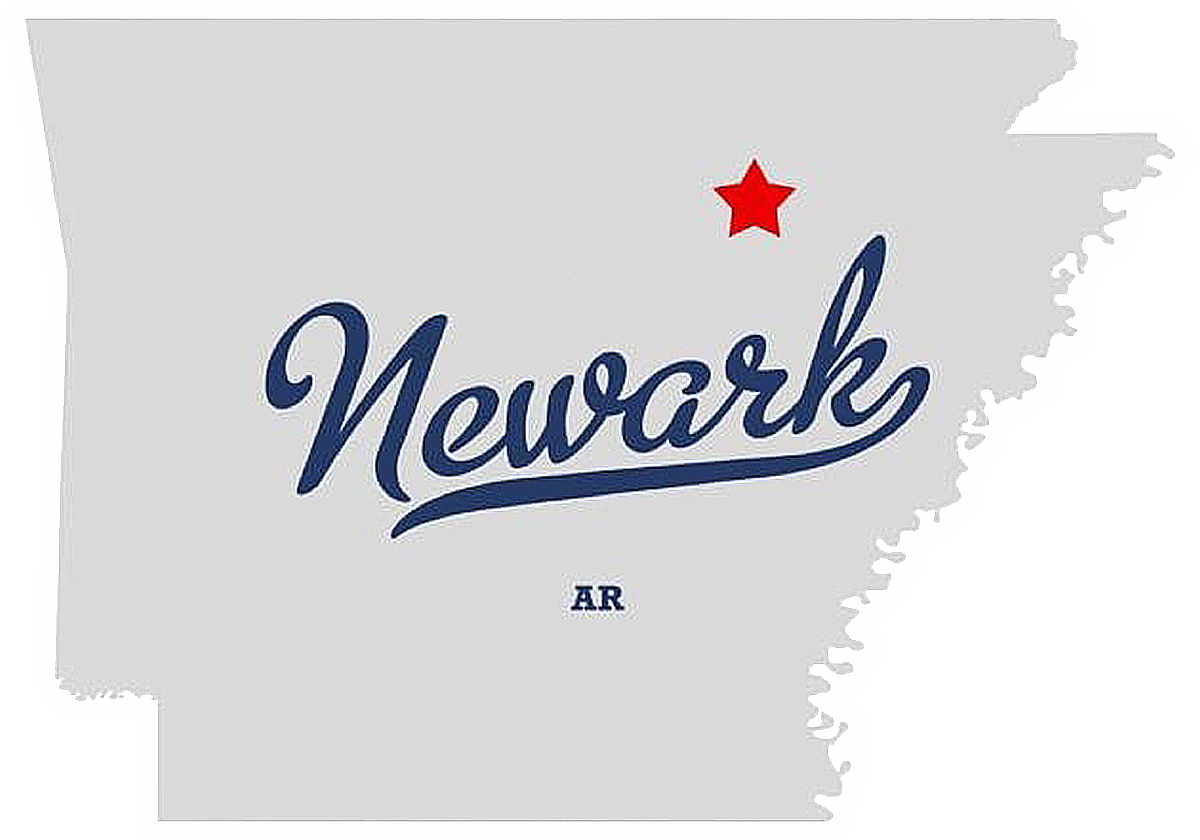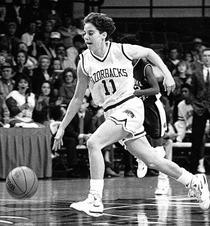Water Quality Reports
Skip to content
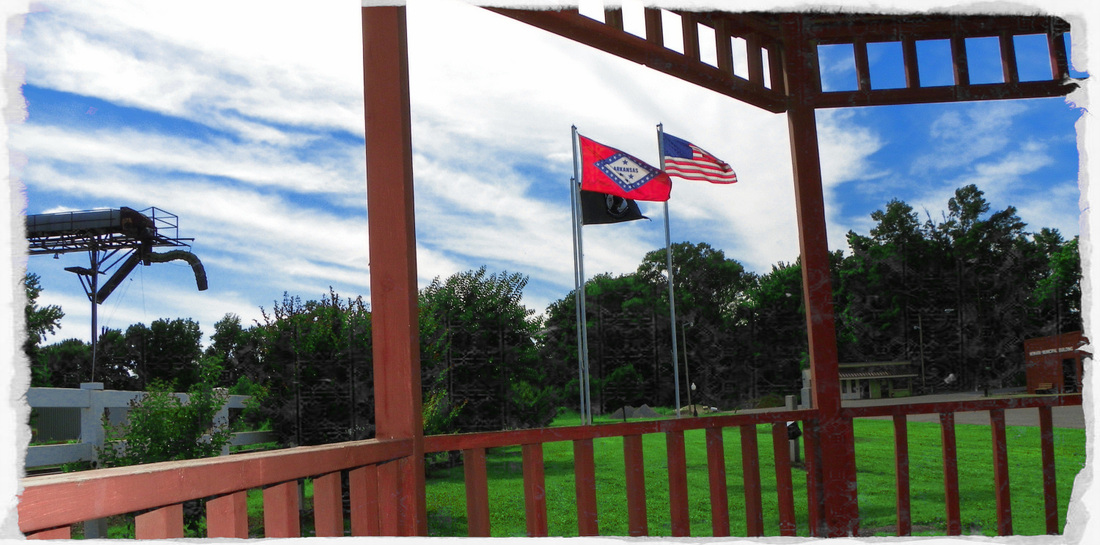
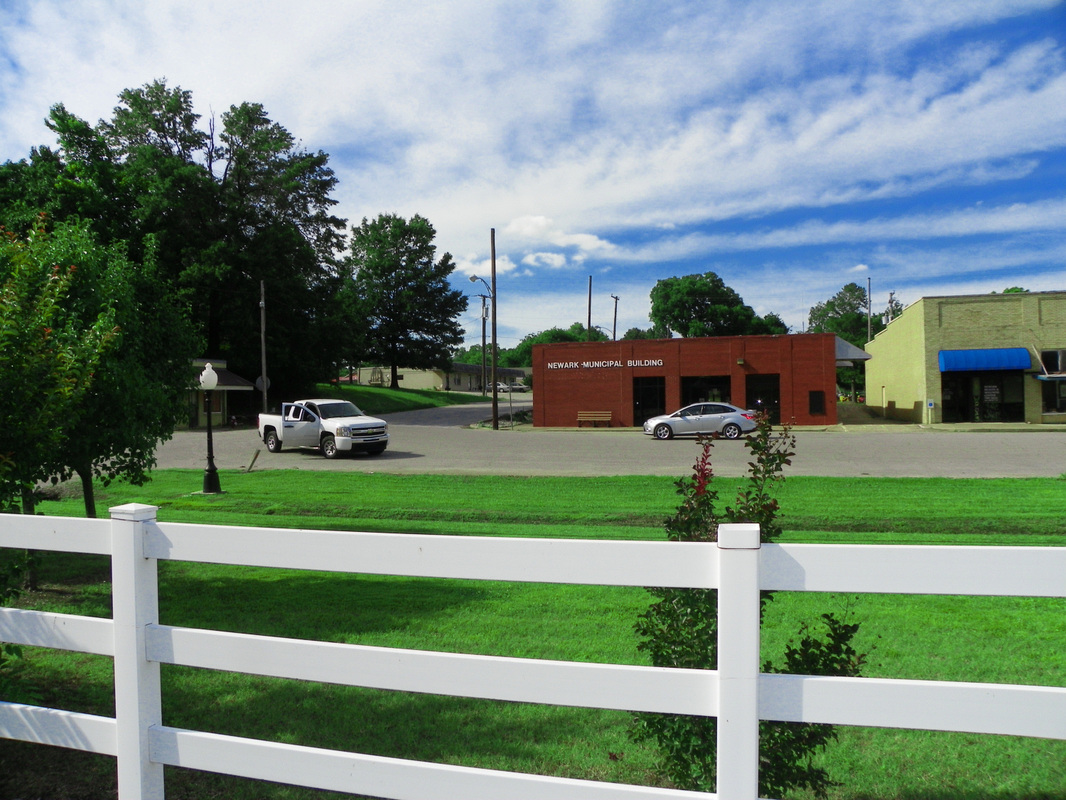
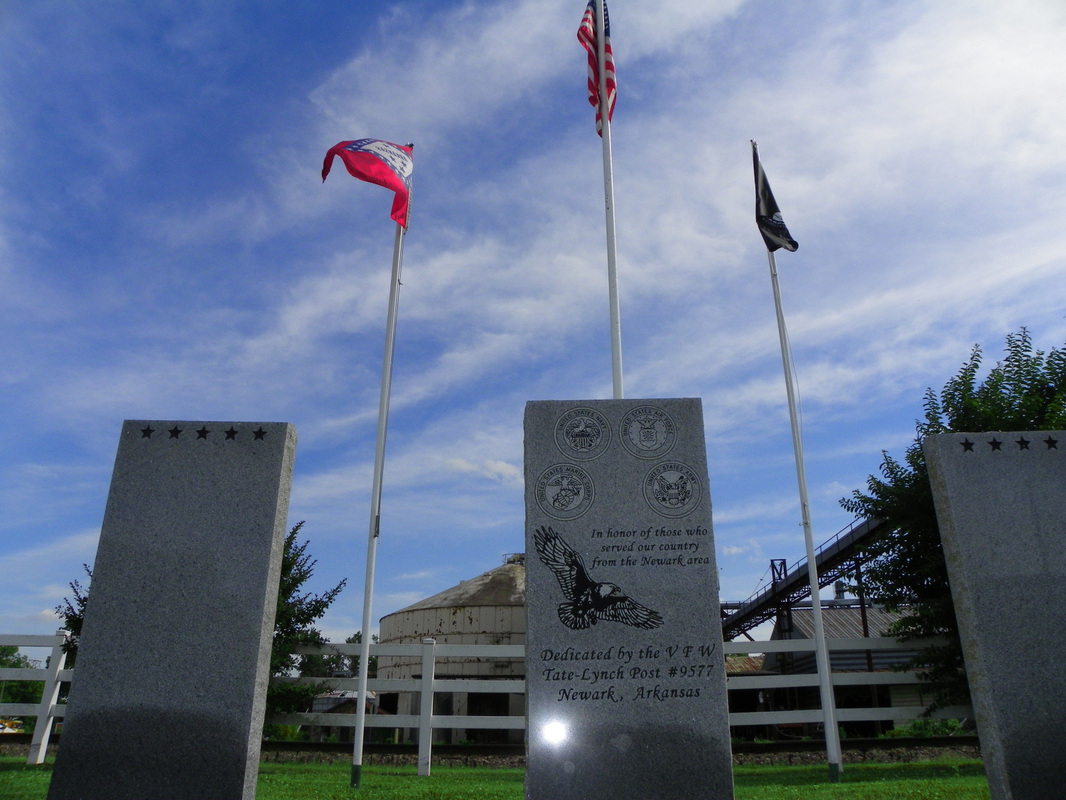


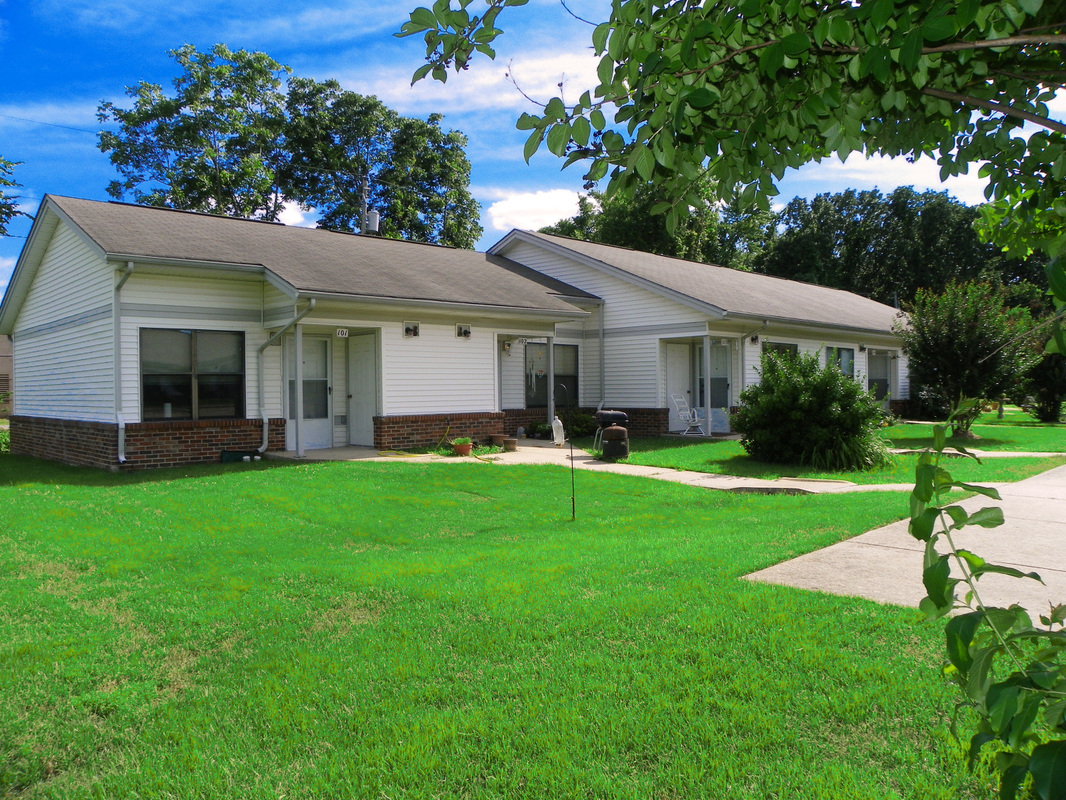

The City of Newark, Arkansas welcomes you!
Newark, Arkansas, is easy to find...we're in Independence County, about halfway between Batesville and Newport, and an easy drive from Searcy, Jonesboro, Heber Springs, and Mtn View. Located on the 'north central/northeast Arkansas' area, we have several major state highways (four-lane US 67 is only 16 miles east) plus the Union Pacific and Missouri & Arkansas railroad lines.
** Choose Newark or Magness below to see your Annual Drinking Water Report**

Population: 1,176
Senate District: 19
House District: 63
Congressional District: 1
What's Going on Today?
Click the calendar button for the latest information on events, activities, festivals, benefits, picnics, yard sales, parades. Whatever...enjoy!
A few photographs from in and around town






Some Basic History of our town & community...
Throughout much of its history, Newark has been one of Independence County’s larger towns. Called by the local newspaper the “Queen City of South Independence” in the early 1900s, the town held great promise to be a significant part of the history of the county. Like most small towns in early twentieth-century Arkansas, its early years were full of hope and prosperity, but it later suffered the loss of its business community and a significant part of its populace.
Post-Reconstruction through the Gilded Age
Newark was founded as an alternate site to an older town plagued with a major drawback. The pre–Civil War community of Akron (also known as Big Bottom) was subject to the destructive overflows of the White River. In 1880, plans for a proposed railroad would have had it passing through Akron, but the revised 1882 plans sought higher ground on which to lay tracks about a mile north. As a result, one town’s shortcomings led to the founding of another.
Town founder John N. Tomlinson’s house was on a rise overlooking the bottoms. It had been a landmark since the mid-1850s. In1883, he laid out the town, named it, and began promoting it. Tomlinson became the town’s first postmaster on June 5, 1883. No one is sure how he came up with the name Newark. Some say it was a version of “New Akron,” while others claim Tomlinson was like the biblical Noah and that the town was his “New Ark” to save residents from flooding. It might have been simply a new town in Arkansas, hence “New Ark.”
In 1882, the Iron Mountain and Southern Railroad included part of Tomlinson’s land in its survey. The first train to pass by Newark on the railroad’s Batesville branch was in March 1883. The town depended heavily on the railroad to transport people and goods. People rode on passenger trains like the “Hot Shot.” Local travelers rode the well-known “Bull Moose” motorcar, a 1912 gas-electric motorcar that began service in 1924.
An incorporation petition for the town was filed with the county court on January 7, 1889, and it was officially recorded on March 23. The first businesses were founded around the time the railroad opened. Individual mercantile operations owned by Jimerson Moore, John Tomlinson (his was also known as the “Big Store”), Thomas Clark, and J. H. Murphy were the first retail establishements of the town. The depot was probably the first non-mercantile business constructed. The main hub of business was Front Street, which faced the tracks on its north side. The town grew quickly, and the stores were patronized not only by Newark residents but by those from Magness, Paroquet, Oil Trough, and other Independence County neighborhoods.
Early Twentieth Century
In the early years of the twentieth century, a large number of African-American citizens called Newark and its surrounding region home. Most of these families were descended from the slaves who worked the ground in the years before the Civil War. The white and black communities coexisted together through the years very well with few racial problems, though the town was racially segregated. The school for African Americans was open until the 1930s, when those students were bused to Batesville for their education. Today there are only a couple of African-American families who live in Newark.
The town was active in community and political affairs in the early years. It was a staunch Democratic town, but a few Republicans were scattered throughout. Although the town was not large, political rallies and community picnics drew people from far and wide, and many times they featured prominent state politicians. Arkansas Governor Jeff Davis campaigned in the town in 1904 and verbally abused the editor of the local newspaper, the Newark Journal. Oscar F. Craig, who published the aforementioned newspaper, attempted to retaliate physically, but his friends held him back, and Davis quickly left town. In the election following that incident, the popular Davis lost Newark by a factor of two-to-one.
Newark survived the years of the Great Depression with some moderate success. Newarkers who lived during time were accustomed to living without many of the niceties to which others had grown accustomed. Local mercantiles granted credit to many who were depending on it to simply survive. Also, Works Progress Administration (WPA) projects helped give jobs to many local citizens.
World War II through the Modern Era
Newark has sent men—and some women—to every war since its founding. Nearly 400 men and women from the area were in the service during World War II, and nineteen of those men died. World War II had another lasting impact on Newark. Many families moved out of state to work in aircraft and other war-related industrial plants. Most of these people established lives and careers elsewhere and never returned to live in Newark permanently.
The 1950s and 1960s were not the town’s best years. The population dropped to 723 in 1960, its lowest number since before 1920. Its fifty-eight-year-old newspaper, the Newark Journal, shut down. In early 1960, after seventy-seven years of passenger rail service, rail transportation was no longer available.
A downtown revival in the 1980s resulted in the restoration of several old buildings, which were occupied by unique businesses. Antique and gift shops, an old-fashioned soda fountain, and a lamp factory are all part of the town today.
The town sponsors a festival at the end of every summer. The “Times and Traditions” festival, also known as “TNT,” has featured short train excursions and entertainment. First presented in 1996, the festival draws many people back to the town, some who have long-established family ties to the area.
Oddly enough, Newark’s population in 2000 of 1,219 was the largest recorded in the town’s history, although the number of local businesses is probably at an all-time low. In the fall of 2003, the Highway 69 bypass of Newark was complete, thus allowing one to drive from Newport (Jackson County) to Batesville (Independence County), missing Newark altogether. By the 2010 census, the population had declined slightly, to 1,176.
--Encyclopedia of Arkansas History And Culture
